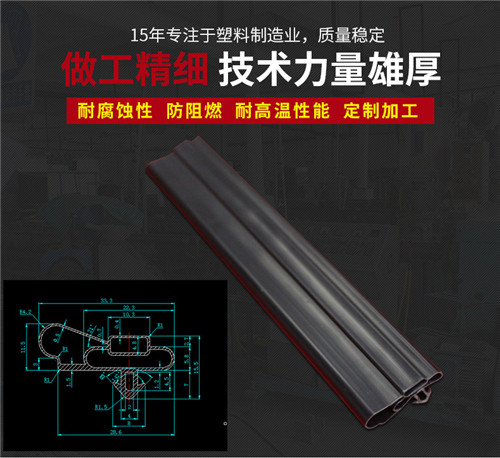
Phone Number :
07 25, 2023

Anti-collision strips are an essential safety feature in various industrial settings. These strips act as protective barriers, preventing collisions and accidents. However, like any mechanical device, anti-collision strips can also experience faults and require maintenance. In this article, we will discuss common issues that arise with anti-collision strips and provide comprehensive maintenance methods to ensure their optimal functionality.
One of the most common faults with anti-collision strips is when they become loose or damaged. This can occur due to heavy impact or wear and tear over time. Loose or damaged strips can compromise the overall effectiveness of the anti-collision system. To address this issue, regular inspections should be conducted to identify any loose or damaged strips. Once identified, the strips should be promptly replaced or repaired to restore their functionality.
The sensors used in anti-collision strips are crucial for detecting nearby objects and triggering the necessary response. If these sensors are not functioning correctly, the entire anti-collision system may fail. Common causes for ineffective sensors include dirt accumulation, misalignment, or electrical malfunctions. Regular cleaning of the sensors and ensuring proper alignment can help resolve these issues. In case of electrical malfunctions, professional expertise may be required for diagnosis and repair.
An essential component of anti-collision strips is the alarm system, which alerts personnel about potential collisions. However, faulty alarm systems can result in delayed or no notifications, posing a significant safety risk. Regular testing of the alarms and ensuring the proper functioning of sound and light indicators is crucial. Any faults should be immediately addressed by replacing faulty components or fixing wiring issues.
In conclusion, the effective functioning of anti-collision strips is vital for maintaining a safe working environment. Regular maintenance and timely troubleshooting can help identify and rectify common faults with these strips. By addressing loose or damaged strips, ineffective sensors, and faulty alarm systems, the overall security and safety of industrial settings can be significantly enhanced.